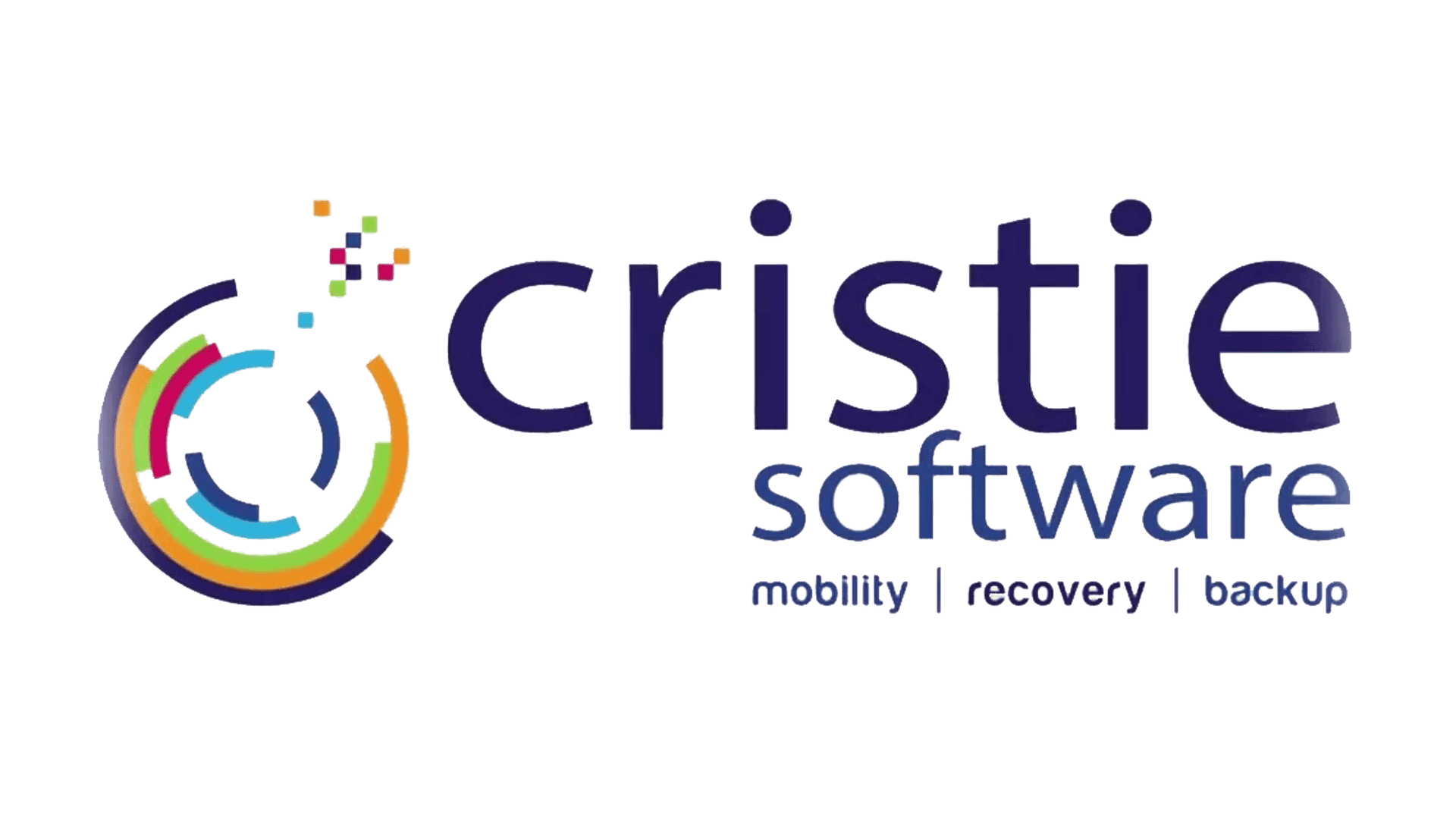
Protecting your critical business data from cyber threats is more important now than ever. With the rise of ransomware and other cyberattacks, it could be time to address your cybersecurity balance. The National Institute of Standards (NIST) Cybersecurity Framework offers a comprehensive assessment model for companies to evaluate their cybersecurity posture based upon 5 core functions; 1. Identify, 2. Protect, 3. Detect, 4. Respond and 5. Recover. NIST recommend a balanced investment across all five functions, however, cybersecurity assessments often reveal that companies are investing 85% of their cybersecurity budget on functions 1 through 3 leaving only 15% for Respond and Recovery procedures. If we analyse the current top cybersecurity threats, it becomes clear that having solid recovery tools and processes in place is vital for all organizations.
The list above serves to highlight the vast range of human factor vulnerabilities that can be classified as poor cyber hygiene, all of which have the potential of bypassing investments in tools related to functions 1 to 3 of the NIST Cybersecurity Framework.
Protecting cloud service data and applications with system replication and/or system recovery tools is therefore vital for companies taking advantage of a multi-cloud hosting strategy.
Our summary illustrates that many vulnerabilities could bypass functions 1, 2 and 3 of the NIST Cybersecurity Framework, hence the NIST recommendation for all organizations to balance their cybersecurity investments equally across all 5 functions. Cybercrime reaches the periphery of every organization daily to the point that it is not a question of if an attack will occur, it is a question of when that attack will take place. Having robust system recovery tools and procedures in place is your ultimate line of defense following any cyberattack. If you need to address your balance of investments in system recovery, contact the Cristie Software team who are always available to advise on the best practices to secure your vital business systems and data.
New Mill, Chestnut Lane
Stroud, GL5 3EW
United Kingdom


